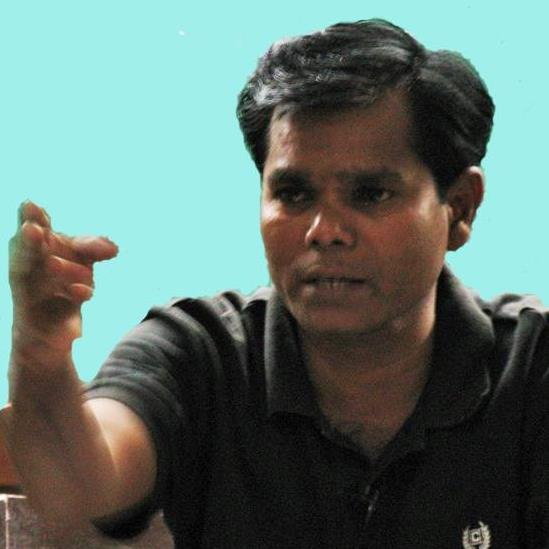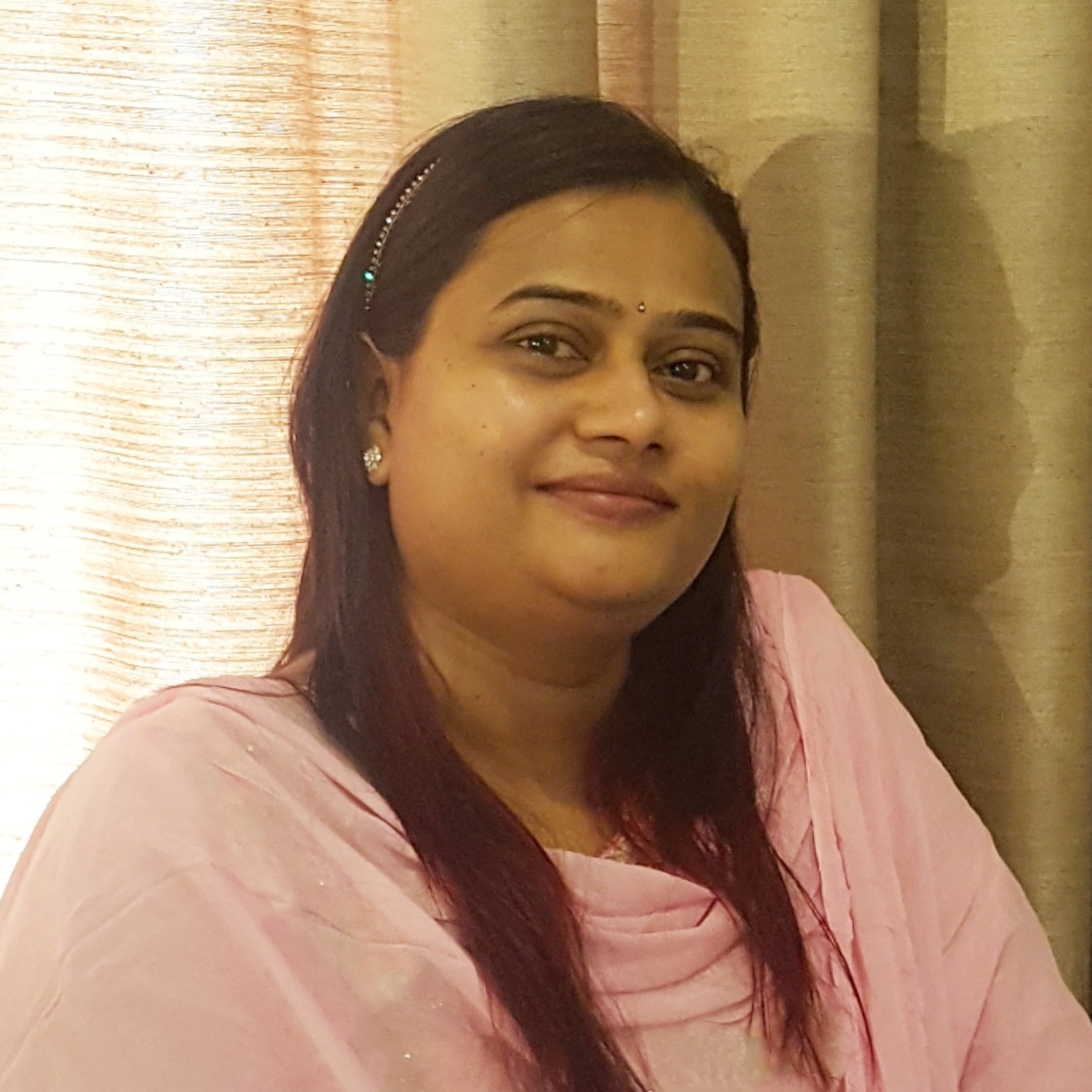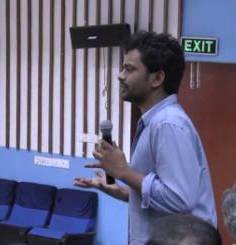Arvind Shesh
 So will the movie Guddu Rangeela prove to be a beginning of sorts?
So will the movie Guddu Rangeela prove to be a beginning of sorts?
Both the protagonists of the movie, Guddu and Rangeela, are Dalit. That is one of the most daring and special things about the movie. The notorious khap panchayats of Haryana, their barbaric decisions against inter-caste lovers and how they deal with such transgressions, all this is shown in the movie without inviting any strong negative reaction so far. This in itself is quite a big deal!
Love between couples of even the same castes and gotras has been dealt with barbarically by these khaps wherein they openly hang the lovers, order cruel punishments, kill brutally – all this has been portrayed to a certain extent in the movie. The main storyline, though, deals with the treatment meted out to lovers by these khaps. That is perhaps why the director Subhash Kapoor cautiously and intentionally chose the lead male character to be Dalit and from a Chamar caste and one of the female leads to be a Brahmin!
The context of caste has been deliberately highlighted; in particular by keeping the protagonist’s name as Rajesh Ram (Rangeela) or by displaying Ambedkar and Kanshi Ram’s posters in some scenes. Similarly, the villain Billu’s janeu across his shoulder has been displayed very explicitly. All this essentially means: Chamar versus Brahmin (other dominant castes are then automatically included). This points to a very open and clear social symbolism.
As a custodian of khaps, Billu not only exercises his brute power to preserve their feudal and patriarchal nature, but also indulges in open ridicule of the caste-based professions of the protagonists. It would have been more fitting, had Guddu and Rangeela answered back when Billu made fun of their social locations. But then, what all can one manage in one go?
Despite all this – with its somewhat happy ending and the projection of the conflict between the dalit hero and the feudal savarna villain, and the blow it wields at the mindset of power and how it even depicts the defeat of the powerful in a physical form – it is a fresh take and can leave one stunned!
The best scene is when the two women characters shoot Billu with a gun, the symbol of khap panchayats and feudal patriarchy. Whatever the limits of a commercial film, the social issue that Subhash Kapoor chose, is praiseworthy. Without watching the movie, it is difficult to understand the social implications of the same. My advice would be–please go watch this serious film with a not so serious title. At my behest, if you like.
~
Often some very good films are not able to reach ‘our’ people due to lack of promotion etc. Especially when a film is targeted at certain sections of society but is unable to reach these same sections. Guddu Rangeela faces a similar problem. If one takes Delhi as an example, this movie was released in multiplexes where the ticket price range is between 200 to 500 rupees. Even when screened at cheaper cinemas costing 60-80 rupees per ticket, the show timings etc., were absurd.

The protagonist of the movie belongs to a deprived section of society who eventually defeats the powerful upper caste villain and one sees the accumulated anger against the system finally finding an outlet. He represents, even if virtually, their fight against the historical injustice done to them, yet that particular section is able to look at these multiplexes only from the outside. For this section, the Rs. 60-80 ticketed cinema is more convenient and affordable. On the other hand, the section which loves these multiplexes and considers these a part of its status and respect, is the same section that the movie attempts to put under the scanner as powerful and unjust. Its ugly barbaric and feudal face has been exposed and also finally beaten and defeated. But to see this naked display of their own feudal power, to see it being ‘insulted’ in this manner, to view their own defeat, is that something this privileged section can handle?
Recently, in a small town like Sitamarhi, I watched the movie Nirahua Riskhawala, which was then in its fourth ‘superhit’ week. The cinema hall with tickets priced at Rs. 30-40 wasn’t just houseful, but extra benches were arranged to accommodate the teeming crowd! The sixth week witnessed the same scenario. Why? Bhojpuri films are not ‘good’. But the hero in the movie Nirahua Rikshawala is a cycle-rickshaw puller, from a backward caste, poor, as are all his friends in the movie. So the question is: a movie like Guddu Rangeela belongs to a similar terrain, what has it done to reach its ‘own’ viewers? To be a ‘superhit’, does a film need to be shown only in multiplexes and gain the acceptance of the privileged viewers?
In a multiplex like PVR where tickets cost Rs. 400-500, some 10 or 20 viewers could be found watching such a film. Would the movie earn money or gain publicity through these people? Or would it instead work better through the sixth ‘superhit’ week in a cinema where a ticket costs Rs. 30-40? If filmmakers like Subhash Kapoor and others who make such movies in favour of the deprived sections, could find a solution to this problem then it might redress a common complaint against the film industry which is increasingly elite.
A movie like Guddu Rangeela has its viewers waiting eagerly in a cinema in Sitamarhi or Hajipur, if somehow the word reaches them that ‘Guddu Rangeela‘ can at least scratch the surface and peel some layers to depict their deprived condition on the big screen.
(Translated from Hindi by Akshay Pathak)
~~~
Arvind Shesh, originally from Sitamarhi, Bihar, is Assistant Editor at Jansatta (Hindi daily) in Delhi.










